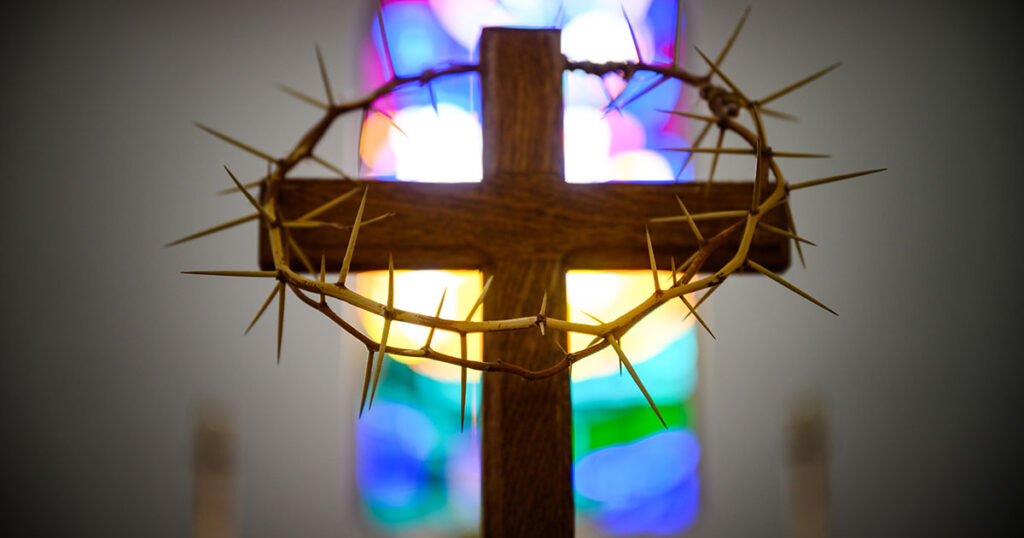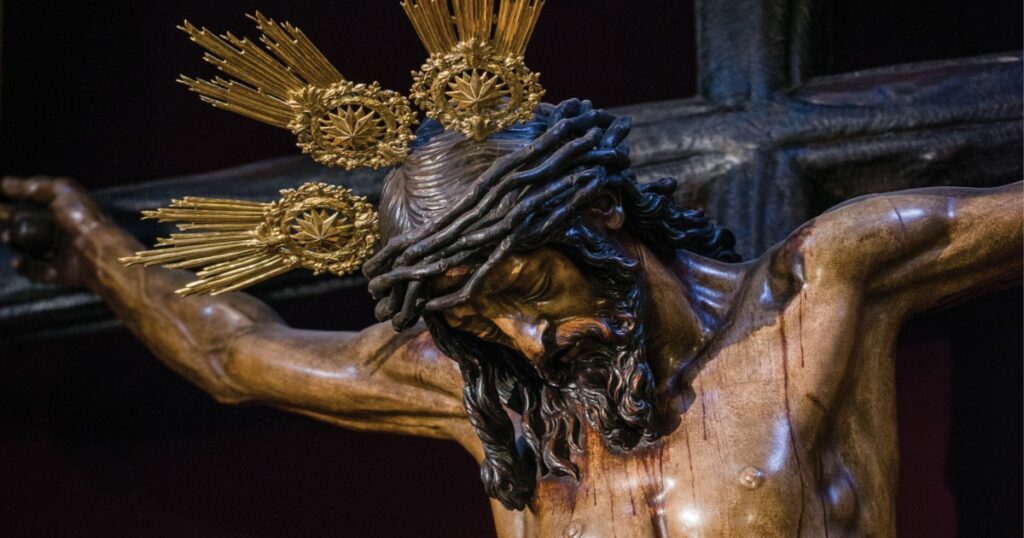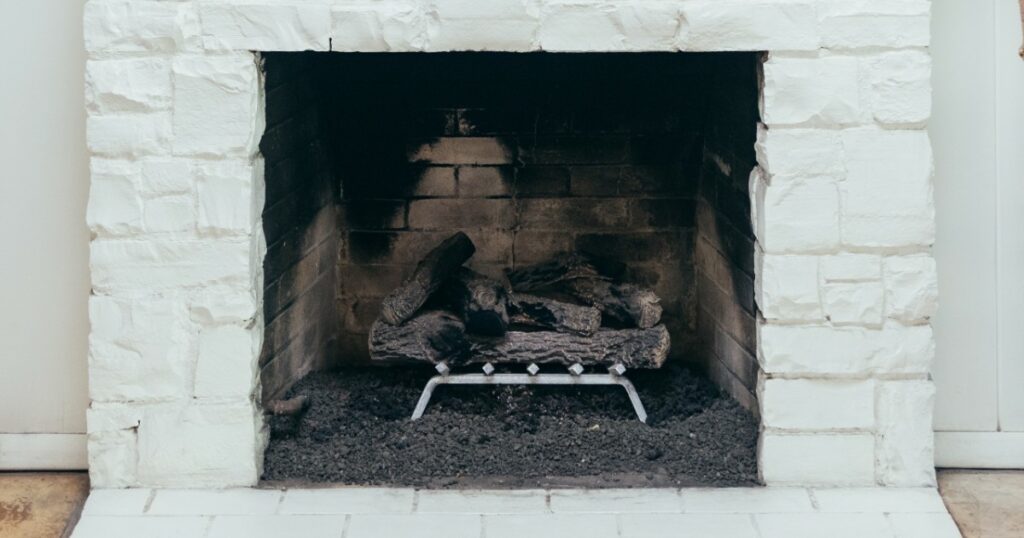Matthew, Mark, Luke, John and the Holy Spirit who inspired their writing are all interested in the last seven days of Jesus’ earthly ministry. A quarter of Luke’s Gospel, one-third of Matthew and Mark and almost half of John are devoted to the events of Holy Week.
The church year also slows down in Holy Week. The liturgy of the church captures the events in “real-time.” Jesus rode into Jerusalem on Palm Sunday. Maundy Thursday is the night Jesus was betrayed and the night He instituted the Lord’s Supper. Some churches have a “Tre-Ore” service from noon to 3 p.m. on Good Friday, the hours that darkness covered the earth. This Easter will be the 1,989th anniversary of the Lord’s resurrection. The ascension is celebrated 40 days after the resurrection and Pentecost ten days later.
We give special attention to these days and all that Jesus taught and did in them. A beneficial devotional practice is to read the events of the first Holy Week on the days that they happened.
Here are a few points of orientation to help you navigate the events:
Geography
Imagine two hills. The hill on the west is Mount Zion. Jerusalem sits atop that hill. The temple complex and Pilate’s palace are on the northwest corner of the city. A wall extends to the south, and suburbs to the north and east. Most of the events of Holy Week occur in and around Jerusalem.
Traveling east out of Jerusalem, you descend into the Kidron Valley and cross the brook Kidron. The Garden of Gethsemane is on the west-facing slope of the Mount of Olives.
A path continues up the Mount of Olives, which is higher in elevation than Mount Zion. Standing atop and looking to the west provides a beautiful view of Jerusalem. On the east side of the Mount of Olives is the little village of Bethany, hometown of Mary, Martha and Lazarus. Their home was Jesus’ base of operation when Jesus was in Jerusalem, and Jesus and the disciples probably spent the nights of Holy Week there.
Chronology
Sunday, the ninth of Nisan (March 29) in the year A.D. 33, Jesus rode down the Mount of Olives and into Jerusalem. The triumphal entry marks the beginning of Holy Week. The disciples look around and then travel quietly back to Bethany for the evening.
On Monday Jesus and the disciples travel into Jerusalem for a public confrontation with the teachers and to cleanse the temple, then back to Bethany.
On Tuesday Jesus is back to Jerusalem for His last day of public teaching. He answers the questions of the scribes and Pharisees, and He asks questions of His own. He speaks woes to their hypocrisy. As Jesus and the disciples journey back to Bethany, He stops on the top of the Mount of Olives and prophesies of the destruction of Jerusalem and the second coming.
On Wednesday, Judas travels to Jerusalem to contract Jesus’ betrayal, but no other events are recorded.
On Thursday afternoon Jesus and His disciples make their last trip into Jerusalem. They celebrate the Passover in Jerusalem, Jesus washes their feet and institutes the Sacrament of the Altar. Judas leaves to gather the soldiers while Jesus and the rest of the disciples travel to the Garden of Gethsemane on the western slope of the Mount of Olives to pray.
According to the Jewish reckoning, Friday begins after nightfall on Thursday. Jesus is arrested in the garden and taken to the house of Annas in Jerusalem. The disciples flee. The crowd around Jesus grows. He is taken to the house of Caiaphas, the High Priest. John and Peter come into the courtyard to see what will happen. At sunrise Jesus is condemned by the Sanhedrin, and led to Pilate’s Palace, the Praetorium, located on the northwest corner of the temple complex.
Pilate hears the accusations, interviews Jesus, determines His innocence and attempts to relinquish Jesus. Pilate first sends Jesus to Herod. Second, he offers to release Jesus in place of Barabbas. Third, he flogs Jesus, arrays Him as a mock-king and presents Him to the people for sympathy. The crowd still cries for His crucifixion, so Pilate washes his hands and releases Jesus over to the soldiers.
Jesus is led through the city and out the gate to the west, to the place called Golgotha. He is crucified at 9 a.m. The sun darkens at noon. Jesus dies around 3 p.m., and His body is hastily removed from the cross and prepared for burial. Jesus is laid to rest and the tomb is sealed before sunset on the first Good Friday, the 14th day of Nisan (April 3), A.D. 33.
On Saturday, the Sabbath, the Pharisees seal the tomb of Jesus. The disciples and the women remain silent in or around Jerusalem.
It takes a little work to harmonize the Easter chronology, but this series of events is the simplest that I found to make all the pieces fit.
Early on Easter Sunday, before the sunrise, Jesus is raised, the angels roll the stone away from the tomb. At dawn the women find the empty tomb, and fearful chaos ensues.
Mary Magdalene runs to find Peter and John while the other women visit with the angels. These women go to find the other 10 disciples, while Peter, John and Mary Magdalene run to the tomb. Peter and John then go to find the other disciples (perhaps in Bethany) while Mary lingers at the tomb and is visited by Jesus. Jesus then appears to the other women on the way to find the disciples. Peter and John find the other disciples and report the empty tomb; two disciples leave for Emmaus.
Mary Magdalene and the other women arrive, all reporting that they had seen Jesus. By midday or early afternoon all the disciples are gathered in Jerusalem in the Upper Room. Jesus appears to Peter when he is alone at some point, and to the two disciples walking to Emmaus. These two disciples run back to Jerusalem, and when they are all gathered together (minus Thomas), Jesus appears to them, shows them His hands and His feet, breathes on them, gives them the gift of the Holy Spirit, including the gift of the absolution.
A week later the disciples are still in Jerusalem, hiding in fear, and Jesus appears to them again, this time addressing Thomas.
The disciples travel to Galilee and have at least two audiences with the resurrected Jesus. Forty days after Easter, they are back in Jerusalem, and Jesus again appears to them, leads them to the top of the Mount of Olives and ascends into heaven.
Holy Week devotion
Holy Week is a wonderful time for Christian devotion. The services at church are celebrations of the events, and the institutions that Jesus put into place. On Maundy Thursday, we rejoice in the gift of the Lord’s Supper. On Good Friday we rejoice in the gift of the cleansing blood of Jesus. On Holy Saturday and Easter Sunday, we delight in the gift of the resurrection, Jesus, the firstfruits and our hope.
It’s also a wonderful time to study the passages of Scripture that present these events to us. Here are a few resources to further help guide you in this devotional opportunity.
Editorial Note: These additional resources were created by the author and have not been edited or reviewed by The Lutheran Witness.






Our church, Prince of Peace Lutheran Church in Texas, is looking for a printed Holy Week or Easter devotional that we could include in our 100 Easter meal bags that will be distributed to needy families in our community. It would be especially helpful if the devotional might also be available in Spanish to accommodate our Hispanic church that has just been planted through our congregation.
Do you have any recommendations? Thanks for your help.